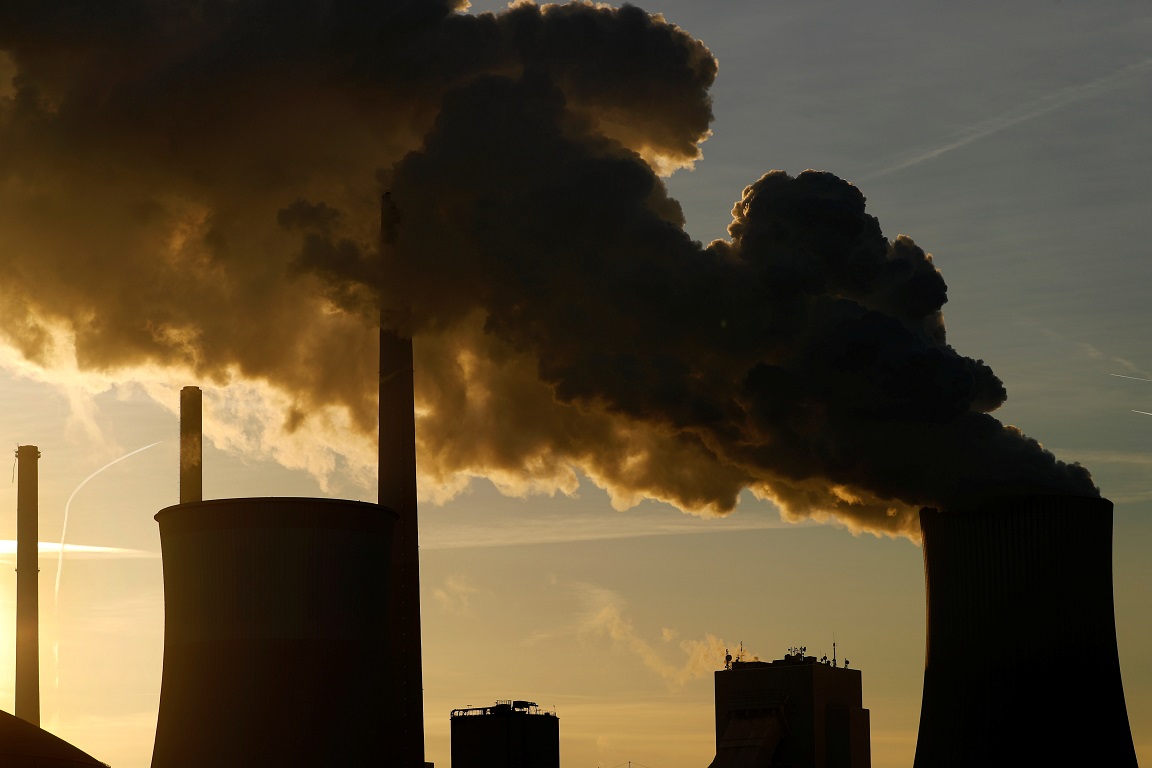11 Dec 2024

Tired Earth
By The Editorial Board

Germany’s coal power plants are slated for a coordinated and progressive shutdown, in exchange for a share of the government’s €40 billion coal phase-out fund.
But coal plants were kept online last year, as Germany faced disruptions in gas supplies coming from Russia following the Ukraine war, combined with failures in France’s nuclear generation capacity.
The emergency measure decided last year will be extended for the coming winter, keeping some 1.9 GWs of lignite capacity at the ready – adding to Germany’s existing 45 GW of coal power plants, according to a decision announced on Wednesday (4 October) by the German government.
The lignite plants have a single purpose: to push gas out of the power market at times of peak demand as a way of keeping prices low.
“The supply reserve will be reactivated in order to save gas in electricity generation and thus prevent supply bottlenecks with gas in the 2023/2024 heating period,” the government said.
The gas savings are estimated between 3.9 TWh and 5.6 TWh, keeping electricity prices down by a range of €0.4 per Megawatt-hour (MWh) to €2.8 per MWh.
Climate impacts
These are not insignificant savings. But as the power plants in question would run on lignite, the biggest climate polluter, their climate impact is going to be significant as well.
The government has announced that it will endeavour to assess the extra carbon emissions caused by keeping coal power plants on standby, which are estimated to range between 2.5 and 5.6 tonnes of CO2.
“The goal of completing the coal phase-out ideally in 2030 remains unaffected, as do the climate targets,” the government stressed.
So far, the data supports this assertion. The third quarter of 2023 saw the country produce its lowest-ever amount of power by burning coal – a mere 22.2 TWh. Eight years ago, that figure sat above 60 TWh.
Source : euractiv.com
Comment